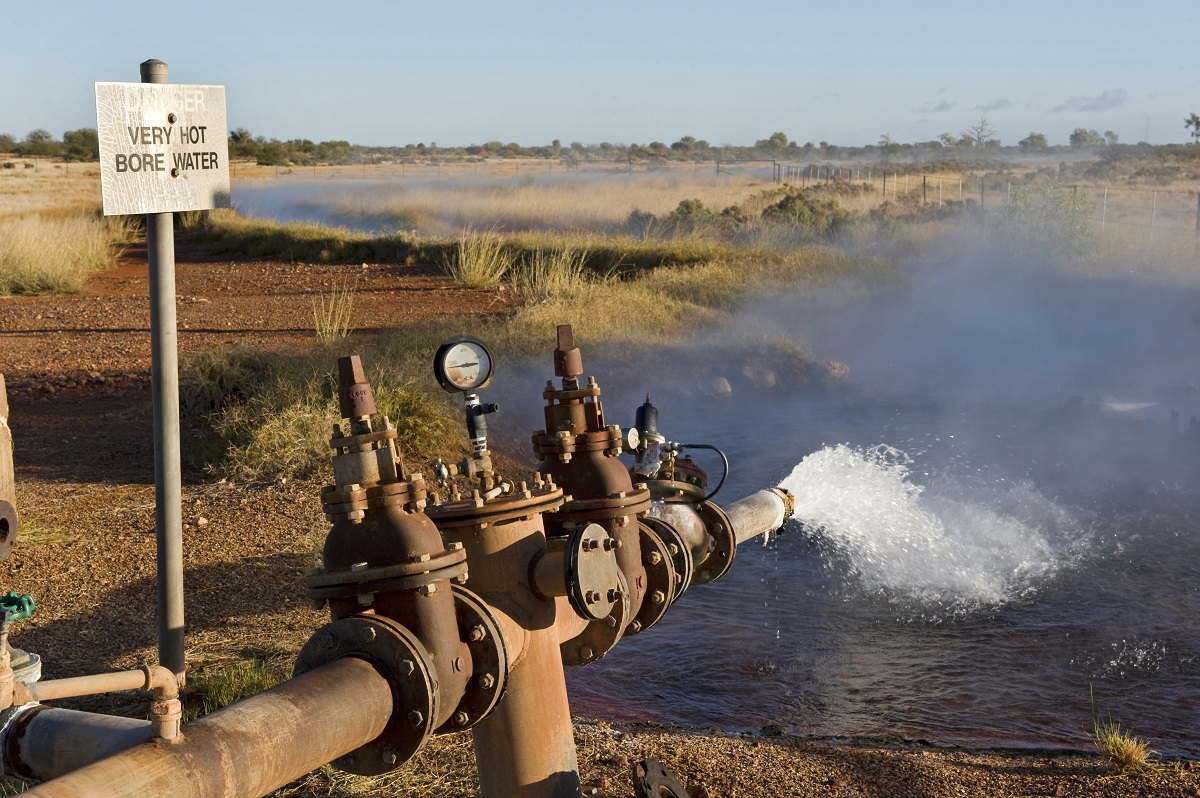
Groundwater flow from aquifers to rivers, lakes and the ocean affects the productivity and diversity of aquatic ecosystems – but accurately measuring water movement below the soil is difficult for aquatic scientists and water resources engineers.
Flinders University is part of an international team that has figured a better way to answer such questions as how much water can be sustainably pumped from an aquifer without depleting groundwater resources.
When groundwater flows, it causes variations to groundwater temperatures that can be measured to quantify water flows. Despite the widespread utility of thermal groundwater tracing methods, their uptake has been limited due to poor understanding of how to apply the different methodologies. Instead, groundwater scientists usually employ geochemical methods that require expensive laboratory analyses to estimate groundwater flows.
Searching for a better solution, Barret Kurylyk (Dalhousie University, Canada), Dylan Irvine (Flinders University) and Victor Bense (Wageningen University) have reviewed theory, data collection, and data analysis methods for using temperature-depth profiles to trace vertical groundwater flows in their recent publication in WIRES Water (DOI 10.1002/wat2.1329).
They realised that in many cases, standard approaches for analysing temperature-depth profiles to trace groundwater flow are now invalid, because climate change has warmed the land surface and created an inversion in the geothermal gradient. As a result, temperature-depth profile curvature caused by surface warming can be falsely attributed to groundwater flow impacts.
However, recently developed methods account for the combined thermal perturbations of groundwater flow and climate change, and these can be applied in boreholes that have been ‘thermally contaminated’ by climate change.
“A key take home message of this paper is that temperature-depth profiles can be easily measured and analysed, and that these analyses can yield vertical groundwater fluxes for a range of hydrologic environments and spatiotemporal scales,” says Dr Irvine.

